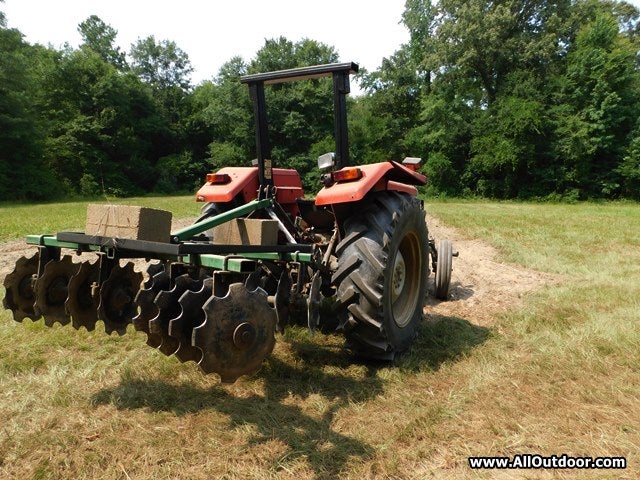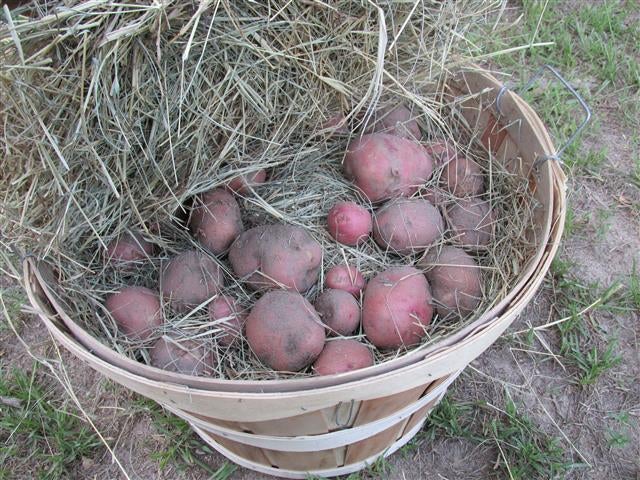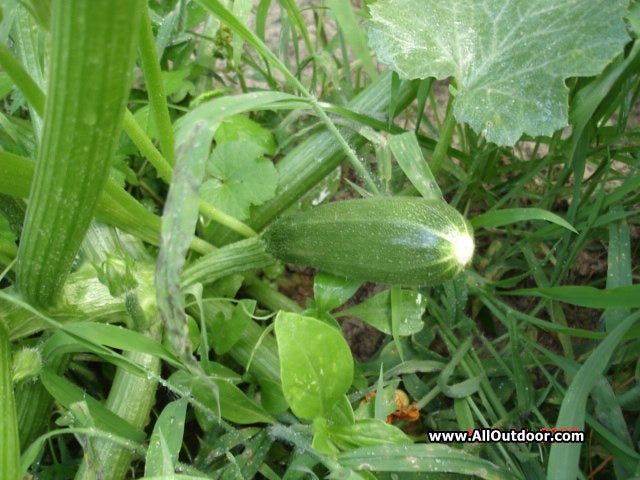Subsistence and Commercial Crops After SHTF / Doomsday
Kevin Felts 11.05.18

Farming can typically be divided into two categories: Subsistence and Commercial. What is the difference between the two:
Subsistence – Feeding yourself and your family.
Commercial – Growing crops to sell.
In a grid down situation after a doomsday / SHTF event (plague, nuclear war… etc), people will have to farm, hunt, and fish to feed themselves. However, some people will be able to grow enough crops not only to feed themselves and their family, but also sell to others.
So what are some high producing crops that would allow people to grow enough food to feed themselves, and to sell at market?
Peas and Beans
Rather than listing these two crops separately, and since they are closely related, let’s combine them into a single group. When it comes to production and nutrition, the bean and pea are difficult to beat.
- Purple hull pea
- Roma II snap bean
- Contender snap bean
- Silverskin crowder pea
- Blue Lake bush bean
Beans and peas are easy to grow, packed full of nutrients, easy to store, and easy to cook.
With good soil and weather conditions, snap beans can usually be harvested every few days. Once the family has enough beans and peas dried or canned, the surplus can be sold, or traded.
Cucumbers
Just a handful of cucumber plants should produce enough cucumbers for a small family. Besides eating fresh cucumbers, they can be made into pickles.
Surplus cucumbers and pickles can be sold, or traded.
One drawback to cucumbers, they need high nitrogen fertilizer to develop, such as chicken manure, or urine.
Another drawback to cucumbers, they have a high water requirement. Roots run just before the surface of the soil. A few days without water and the plants start to wilt.
Zucchini
Want a high producing member of the squash family? Look no further than zucchini. Unlike yellow summer squash, zucchini can grow rather large before it starts to develop seeds.
Several years ago I did an experiment where yellow squash and zucchini were planted side by side. Each row received the exact same amount of rainfall, same amount of sunlight, and same amount of fertilizer.
When rain did not fall, zucchini was much more drought tolerant than yellow summer squash. Besides producing when yellow squash was dying, zucchini out produced yellow squash by a considerable amount.
Greens
Rather than listing types of greens separately, let’s discuss them as a whole.
- Spinach
- Turnips
- Radishes
- Rutabagas
- Mustard greens
Crops such as spinach can have their leaves cut off, and they will produce more.
This is one of the few crops where the whole plant is edible, so almost nothing goes to waste. Pull a turnip up, cook and eat the whole plant.
One of the great things about greens, the seeds are tiny. This means thousands of seeds can be stored and will take up very little space.
Potatoes

One of the most reliable crops has to be potatoes. Crops can be grown from potatoes harvested the year before. When it comes to storing crops, potatoes have to be one of the easiest to store through the winter.
Pick out a dry cool location in a shed, put down a layer of straw, layer of potatoes, try not to let the potatoes touch each other, layer of straw, layer of potatoes.
Chances are a lot of readers remember their papa and granny having potatoes stored in a barn.
Several years ago I stored potatoes in bushel baskets, which were kept in a spare room. When we wanted potatoes, I went into the store room, dug through one of the baskets, got some potatoes, then they were cooked.
Final Thoughts
Besides crops, there are fruit trees – fig, pear, pecan… etc. Then there are wild edibles, such as wild plums, berries, and wild persimmons.
When my dad was a young man, he would fill five gallon buckets with wild plums, then take the plums to a local country store. In return, the store owner would make the plums into jelly, which my dad got part of, and the store sold the rest.
What about corn? Just about everyone should know about corn. If someone wants to grow corn, by all means please do so. However, corn is not at the top of my list.
Let’s be honest, if we were to grow crops after a shtf / doomsday event, let’s focus on high production, nutrient packed crops. Why are cucumbers listed? Because they are a snack style crop which can be grown in bulk.
What crops would the reader suggest? Maybe wheat, or oats, or some peppers for spices?


